Your One-Stop Shop for Everyday Essentials & Unique Finds
Essential Cold Weather Gear for Outdoors: Stay Warm and Comfortable in Extreme Conditions
As winter approaches, it’s essential to equip yourself with the right gear for outdoor adventures. Cold weather can be harsh, but with the right clothing and accessories, you can stay warm and comfortable while enjoying the beauty of nature. This guide will explore the must-have items for cold weather hiking, focusing on layering, essential apparel, heated accessories, and more. Whether you're hiking, skiing, or just enjoying a winter walk, being prepared is key to a safe and enjoyable experience.
Key Takeaways
- Layering is crucial: Start with a moisture-wicking base layer, add an insulating mid-layer, and finish with a waterproof outer layer.
- Invest in insulated jackets and pants to keep your body warm without sacrificing movement.
- Don't forget your extremities: Waterproof boots, gloves, and hats are essential to protect against the cold.
- Consider heated accessories like heated gloves and socks for extra warmth during outdoor activities.
- Regularly maintain your gear by cleaning and storing it properly to ensure longevity and effectiveness.
Layering Basics for Cold Weather Hiking
When you're out hiking in the cold, layering is key to staying warm and comfortable. It’s all about wearing multiple layers of clothing instead of one thick layer. This way, you can easily adjust your warmth as the weather changes.
Choosing the Right Base Layer
The base layer is the first thing you put on. It should be made of moisture-wicking materials like merino wool or synthetic fabrics. This helps keep sweat away from your skin, which is super important to avoid getting cold. Here are some tips for choosing a good base layer:
- Look for materials that dry quickly.
- Make sure it fits snugly but isn’t too tight.
- Choose a style that suits your activity level.
Importance of the Mid-Layer
The mid-layer is all about insulation. This layer traps heat and keeps you warm. Common materials include fleece or down. Here’s what to consider:
- Fleece is lightweight and breathable.
- Down provides excellent warmth but can be bulky.
- Synthetic insulation is great for wet conditions.
Selecting an Outer Shell
The outer shell protects you from wind, rain, and snow. It should be waterproof and breathable. Here’s what to look for:
- Check for adjustable hoods and cuffs to keep the cold out.
- Look for sealed seams to prevent water from sneaking in.
- Make sure it allows moisture to escape to keep you dry inside.
Remember, layering isn’t just about adding more clothes; it’s about managing your body temperature and moisture effectively. With the right layers, you can enjoy your cold-weather hikes without feeling chilly!
Essential Cold Weather Hiking Apparel
Now that you know how to layer up, let’s dive into some must-have cold weather hiking clothes that will keep you warm and comfy on your adventures!
Insulated Jackets and Pants
When you head out into the cold, having the right gear is super important. Insulated jackets and pants are designed to keep you warm without making it hard to move. They use materials like down or synthetic insulation to trap your body heat and block the cold. Look for jackets with features like adjustable hoods and cuffs to keep the chilly air out.
Thermal Underwear
Thermal underwear is a game-changer for cold-weather hikes. Also known as long underwear, it adds an extra layer of warmth and helps manage moisture. Made from materials like merino wool or synthetic fabrics, thermal underwear wicks away sweat, keeping you dry and cozy. It fits snugly, making it easy to layer without feeling bulky. So, whether you're hiking through snow or facing icy winds, thermal underwear is a must-have!
Waterproof Boots and Gloves
Keeping your feet and hands warm and dry is key when hiking in cold weather. Waterproof boots protect your feet from moisture and provide insulation. Look for boots with a waterproof layer that keeps water out while allowing your feet to breathe. Similarly, waterproof gloves are essential for keeping your hands warm and dry. Choose gloves with insulation and features like adjustable cuffs for a snug fit.
Remember, the right cold weather gear can make your outdoor adventures safe and enjoyable. So gear up and embrace the winter wonderland!
Heated Accessories to Keep You Warm

When the cold weather hits, having the right heated accessories can make all the difference. These items not only keep you warm but also let you enjoy your outdoor adventures without discomfort.
Battery Powered Heated Gloves
Battery powered heated gloves are a game changer for anyone who spends time outdoors in winter. They feature built-in heating panels that provide warmth right where you need it. With adjustable heat settings, you can customize your comfort level. These gloves are perfect for skiing, hiking, or just taking a stroll in the chilly air.
-
Key Features:
- Lightweight and comfortable
- Long-lasting battery life
- Waterproof and touchscreen compatible
Electric Heated Socks
Say goodbye to cold toes with electric heated socks! These socks are designed with advanced heat-conductive materials that keep your feet warm for hours. They come with rechargeable batteries and multiple temperature settings, making them ideal for any winter activity.
-
Benefits:
- Improves blood circulation
- Perfect for outdoor sports or daily wear
- Easy to wash and maintain
Heated Scarves
A heated scarf is not just a stylish accessory; it’s a necessity in cold weather. It provides gentle warmth around your neck, helping to keep your entire body warm. With soft fabric and easy-to-use heating elements, this scarf is perfect for outdoor activities or even just running errands.
-
Why You Need One:
- Keeps your neck warm and cozy
- Lightweight and portable
- Adds a touch of style to your winter outfit
Remember, staying warm is key to enjoying your time outdoors. With these heated accessories, you can embrace the cold and make the most of your winter adventures!
Protecting Your Extremities
When you're out in the cold, keeping your extremities warm is super important. Your fingers, toes, and ears are especially vulnerable to the chill, so it's essential to dress them properly. Here are some must-have items to keep you cozy:
Warm Hats and Beanies
- Look for hats made from insulating materials like fleece or wool.
- Choose styles that cover your ears for extra warmth.
- A snug fit helps trap heat better.
Balaclavas for Face Protection
- A balaclava covers your head, neck, and face, providing maximum protection.
- They come in various thicknesses, so pick one that suits your needs.
- Great for shielding against biting winds and frost.
Insulated Gloves and Mittens
- Opt for waterproof gloves to keep your hands dry and warm.
- Insulated mittens can be warmer than gloves since they keep fingers together.
- Look for features like adjustable cuffs for a snug fit.
Remember, staying warm is not just about comfort; it’s about safety too! Protecting your extremities can prevent serious issues like frostbite.
By investing in the right gear, you can enjoy your outdoor adventures without worrying about the cold. Stay warm and have fun!
Choosing the Right Materials for Cold Weather
When it comes to staying warm outdoors, the materials you choose can make all the difference. Here’s a quick guide to help you pick the best options for your cold-weather adventures.
Wool vs. Synthetic Fabrics
- Wool: Great for insulation, moisture-wicking, and odor resistance.
- Synthetic Fabrics: Lightweight, quick-drying, and often more affordable.
- Tip: Think about your activities and choose what fits your needs best.
Down vs. Synthetic Insulation
| Type | Warmth-to-Weight Ratio | Performance in Wet Conditions |
|---|---|---|
| Down | Excellent | Loses warmth when wet |
| Synthetic | Good | Retains warmth when wet |
- Down: Super warm but not great when wet.
- Synthetic: Good for damp conditions, as it keeps you warm even when wet.
Breathability and Waterproof Ratings
- Look for breathable fabrics that let moisture escape while keeping water out.
- Waterproof ratings are often shown as a number (e.g., 10,000mm). Higher numbers mean better water resistance.
Remember, the right materials can keep you warm, dry, and comfortable, making your outdoor experience much more enjoyable!
Cold Weather Gear for Your Pets
When winter hits, it’s not just us who need to bundle up—our furry friends do too! Keeping your pets warm and cozy is essential for their comfort and health during the chilly months. Here’s a look at some must-have gear to keep your pets snug.
Winter Dog Jackets
A good winter dog jacket is a game changer! These jackets are designed to keep your dog warm and dry, making outdoor adventures enjoyable even in the cold. Look for jackets that are waterproof and insulated to provide the best protection against the elements. Here are some features to consider:
- Waterproof material: Keeps your dog dry in rain and snow.
- Insulated lining: Provides warmth without bulk.
- Adjustable straps: Ensures a snug fit for maximum comfort.
Warm Dog Sweaters
Sweaters are a stylish way to keep your dog warm. They come in various designs and colors, allowing your pet to strut their stuff while staying cozy. Here’s why they’re great:
- Soft materials: Comfortable for all-day wear.
- Easy to put on: Most sweaters have simple fastenings.
- Variety of styles: Choose one that matches your dog’s personality!
Heated Pet Beds
For those extra chilly nights, a heated pet bed can be a lifesaver. These beds provide a warm spot for your pet to curl up and relax. Consider these benefits:
- Comfortable and cozy: Perfect for older pets or those with joint issues.
- Energy-efficient: Many heated beds use low wattage.
- Easy to clean: Look for removable covers that are machine washable.
Keeping your pets warm is not just about comfort; it’s about their health too. Make sure to invest in quality gear to protect them from the cold!
With the right cold weather gear, your pets can enjoy winter just as much as you do! Whether it’s a stylish jacket, a cozy sweater, or a heated bed, there are plenty of options to keep them warm and happy this season. Remember, a warm pet is a happy pet!
Safety Accessories for Winter Adventures
When you're out in the cold, having the right safety gear can make all the difference. Here are some must-have accessories to keep you safe and sound:
First Aid Kits
-
Always be prepared! A first aid kit is essential for treating minor injuries. Make sure it includes:
- Band-aids
- Antiseptic wipes
- Pain relievers
Emergency Whistles
- A simple yet effective tool, an emergency whistle can help you signal for help if you get lost. It's lightweight and easy to carry, making it a great addition to your gear.
Multitools
- A multitool can be a lifesaver in unexpected situations. Look for one that includes:
- Pliers
- Screwdrivers
- A knife
Remember, being prepared is the key to enjoying your winter adventures! Having the right safety accessories can help you tackle any situation that comes your way.
With these essential safety accessories, you can focus on enjoying your outdoor activities without worrying about the unexpected. Stay safe and have fun!
Staying Comfortable During Winter Activities
When you're out in the cold, staying warm is key to enjoying your time outdoors. Layering your clothing is a smart way to keep cozy and comfortable. Here’s how to do it right:
Moisture-Wicking Base Layers
- Start with a moisture-wicking base layer. This helps keep your skin dry by pulling sweat away from your body.
- Look for materials like merino wool or synthetic fabrics that are designed to keep you warm and dry.
- Remember, keeping your skin warm and dry is the main goal when dressing for extreme winter travel.
Adjustable Heat Settings
- Consider gear with adjustable heat settings. This allows you to control your warmth based on your activity level.
- Heated gloves and socks can be game-changers, especially on really cold days.
- You can enjoy your favorite outdoor activities without discomfort.
Durable Construction
- Choose clothing made from durable materials. This ensures your gear can withstand the elements and last through many adventures.
- Look for reinforced seams and water-resistant fabrics to keep you protected.
Staying warm is not just about comfort; it’s also about safety. Make sure you’re prepared for whatever winter throws your way!
By following these tips, you can make the most of your winter adventures while staying warm and comfortable!
Tips for Maintaining Your Cold Weather Gear
Keeping your cold weather gear in top shape is essential for staying warm and comfortable during your outdoor adventures. Here are some handy tips to help you maintain your gear:
Proper Cleaning Techniques
- Always follow the care label! If it says to wash cold or to hang dry, it's important to follow those instructions so as not to void the manufacturer's warranty.
- Use a gentle detergent that is suitable for technical fabrics.
- Avoid fabric softeners, as they can reduce the effectiveness of moisture-wicking properties.
Storage Tips
- Store your gear in a cool, dry place to prevent mold and mildew.
- Use breathable storage bags instead of plastic to allow air circulation.
- Keep your gear away from direct sunlight to prevent fading and damage.
When to Replace Your Gear
- Check for signs of wear and tear, such as frayed seams or broken zippers.
- If your gear no longer keeps you warm or dry, it might be time for an upgrade.
- Regularly assess the fit; as your body changes, so should your gear.
Remember, taking care of your gear not only extends its life but also ensures you stay warm and cozy on your adventures!
Enhancing Your Outdoor Experience
When you're out in the cold, staying warm is key to enjoying your adventure. Here are some tips to help you make the most of your time outdoors:
Using Hand and Foot Warmers
- Hand warmers: These little packets can be a lifesaver. Just shake them up and tuck them in your gloves or pockets for instant warmth.
- Foot warmers: Slip these into your boots to keep your toes toasty. They’re especially great for long hikes or when you’re sitting still.
- Reusable options: Consider investing in rechargeable warmers for a more eco-friendly choice.
Layering for Maximum Warmth
- Base layer: Start with a moisture-wicking base layer to keep sweat away from your skin.
- Mid-layer: Add an insulating layer like fleece or down for extra warmth.
- Outer layer: Finish with a waterproof and windproof shell to protect against the elements.
Choosing the Right Footwear
- Insulated boots: Make sure your boots are insulated and waterproof to keep your feet dry and warm.
- Thick socks: Opt for thick, moisture-wicking socks to prevent cold feet.
- Proper fit: Ensure your boots fit well; too tight can restrict circulation, while too loose can lead to blisters.
Staying warm is not just about comfort; it’s about safety too. Always prioritize your warmth to enjoy your outdoor adventures fully!
By following these tips, you can enhance your outdoor experience and make the most of your winter adventures!
Risks of Inadequate Cold Weather Clothing
Heading out on a cold weather hike without the right gear can expose you to serious risks. Inadequate clothing can lead to hypothermia, frostbite, and other cold-related illnesses. Here’s a closer look at these dangers:
Hypothermia and Frostbite
- Hypothermia occurs when your body loses heat faster than it can produce it. Symptoms include shivering, confusion, and fatigue. If you feel these signs, it’s crucial to warm up immediately.
- Frostbite affects your extremities, like fingers and toes. It can cause numbness and skin discoloration. If you notice these symptoms, seek warmth and medical help right away.
Discomfort and Reduced Enjoyment
- Wearing the wrong clothing can make your hike uncomfortable. Imagine feeling the cold seep through your clothes, making every step a struggle. Proper gear not only keeps you safe but also enhances your experience.
Long-Term Health Consequences
- Prolonged exposure to cold can lead to serious health issues. It’s essential to dress appropriately to avoid these risks.
| Risk | Symptoms | Prevention Tips |
|---|---|---|
| Hypothermia | Shivering, confusion, fatigue | Wear layers, stay dry |
| Frostbite | Numbness, pale skin | Insulated gloves, warm socks |
| Discomfort | Cold seeping through clothing | Invest in quality gear |
Remember, staying warm is not just about comfort; it’s about safety. Always be prepared for the cold!
Wrap-Up: Gear Up for Winter Adventures
As we wrap up our guide on essential cold weather gear, remember that staying warm and cozy is key to enjoying your outdoor adventures. With the right clothing and accessories, you can tackle the winter chill without worry. So, gear up with insulated jackets, thermal layers, and waterproof boots, and don’t forget those heated gloves and scarves! Embrace the beauty of winter and make the most of your time outside, whether you're hiking, skiing, or just taking a stroll. Stay warm, have fun, and make some great memories!
Frequently Asked Questions
What is the best way to layer clothing for cold weather?
Layering helps keep you warm. Start with a base layer that wicks moisture away, add an insulating layer for warmth, and finish with a waterproof outer layer.
Why are insulated jackets important for cold weather?
Insulated jackets trap heat to keep you warm. They prevent cold air from getting in, which is crucial for staying comfortable outside.
What materials are best for cold weather gear?
Wool and synthetic fabrics are great choices. Wool keeps you warm even when wet, while synthetic materials dry quickly and are often lighter.
How can I keep my hands warm in cold weather?
Wear insulated and waterproof gloves. Battery-powered heated gloves are also a good option for extra warmth.
What should I look for in waterproof boots?
Choose boots with a waterproof membrane and good insulation. They should keep your feet dry while providing warmth.
How do heated accessories work?
Heated accessories, like gloves and socks, use batteries to provide warmth. Many have adjustable heat settings for comfort.
What is a balaclava and why do I need one?
A balaclava covers your head, face, and neck, protecting you from cold winds. It's essential for keeping warm in extreme conditions.
How can I maintain my cold weather gear?
Clean your gear according to the manufacturer's instructions, store it properly when not in use, and replace items when they show signs of wear.

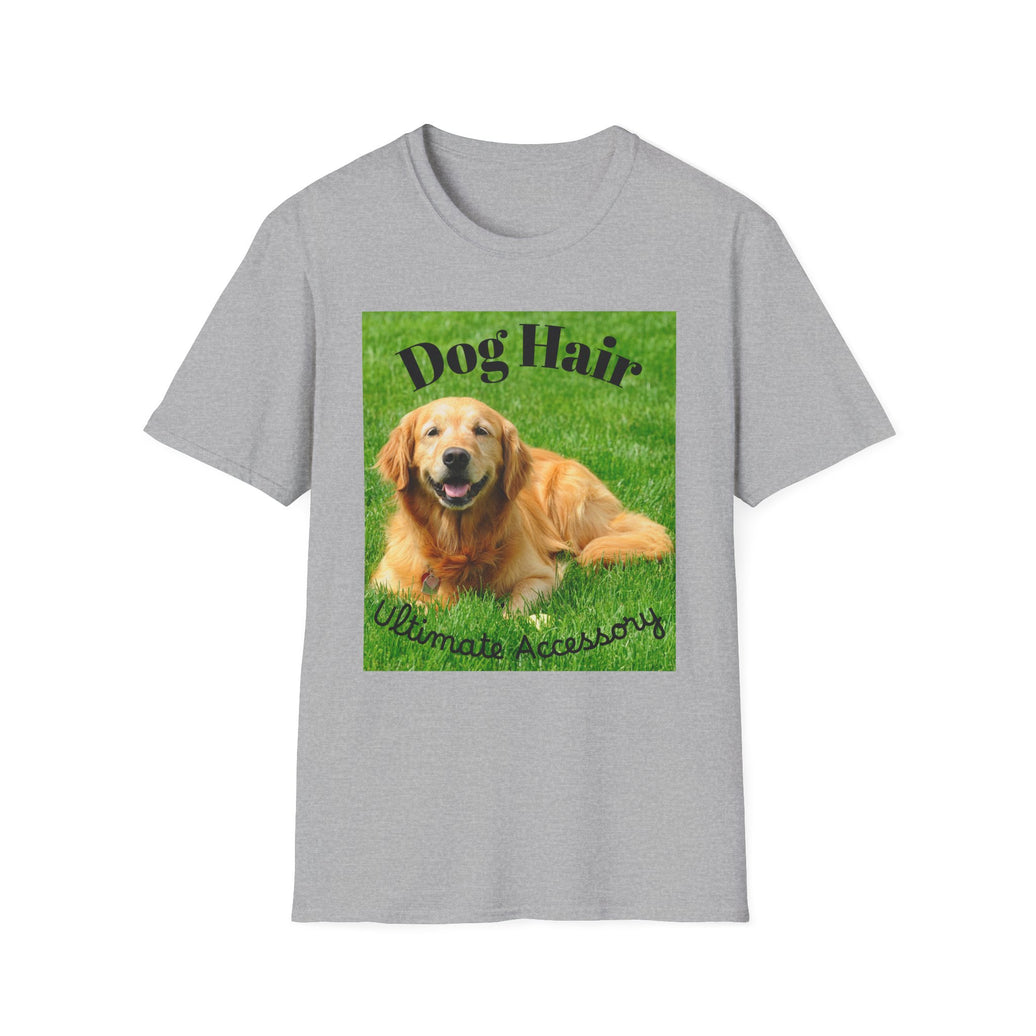
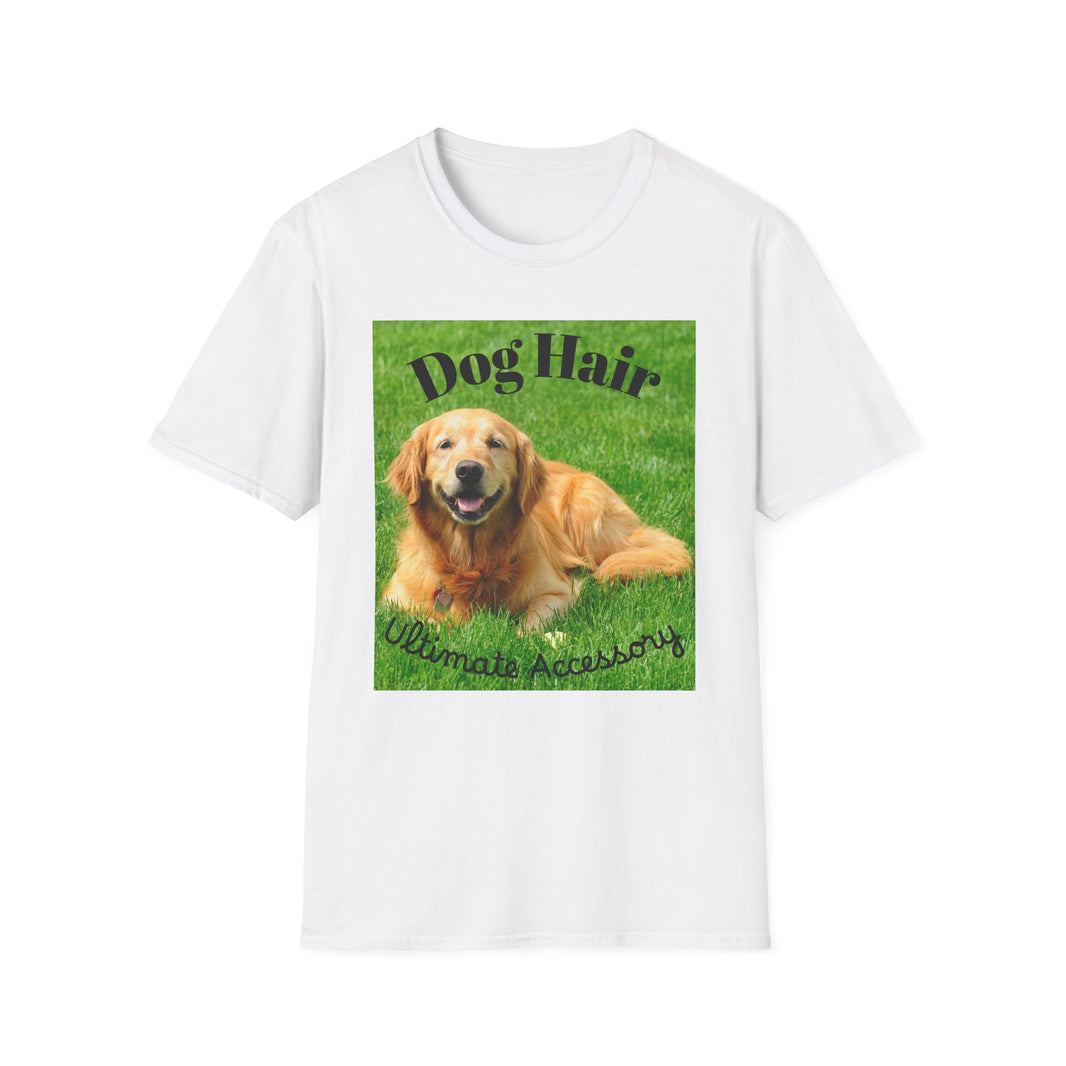

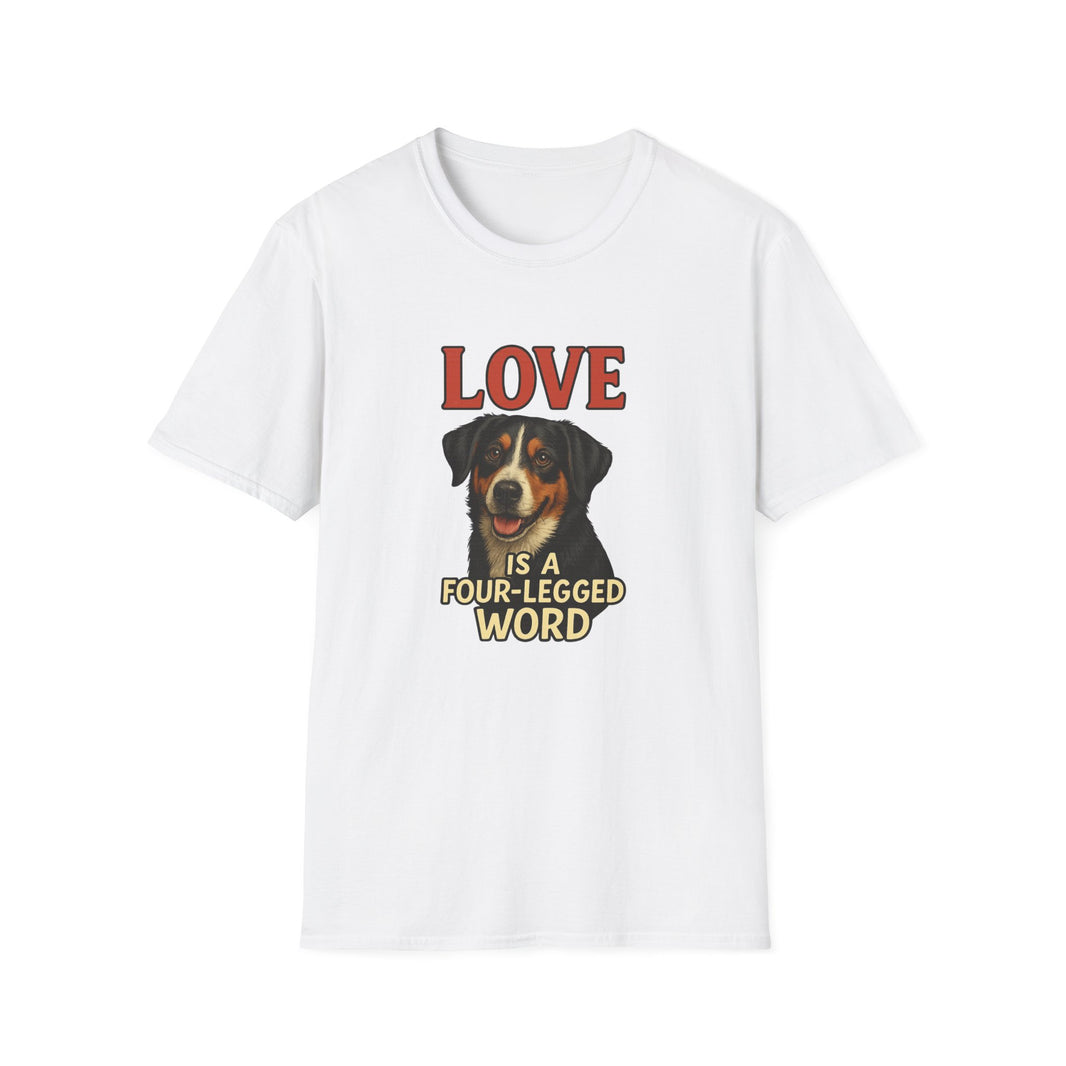
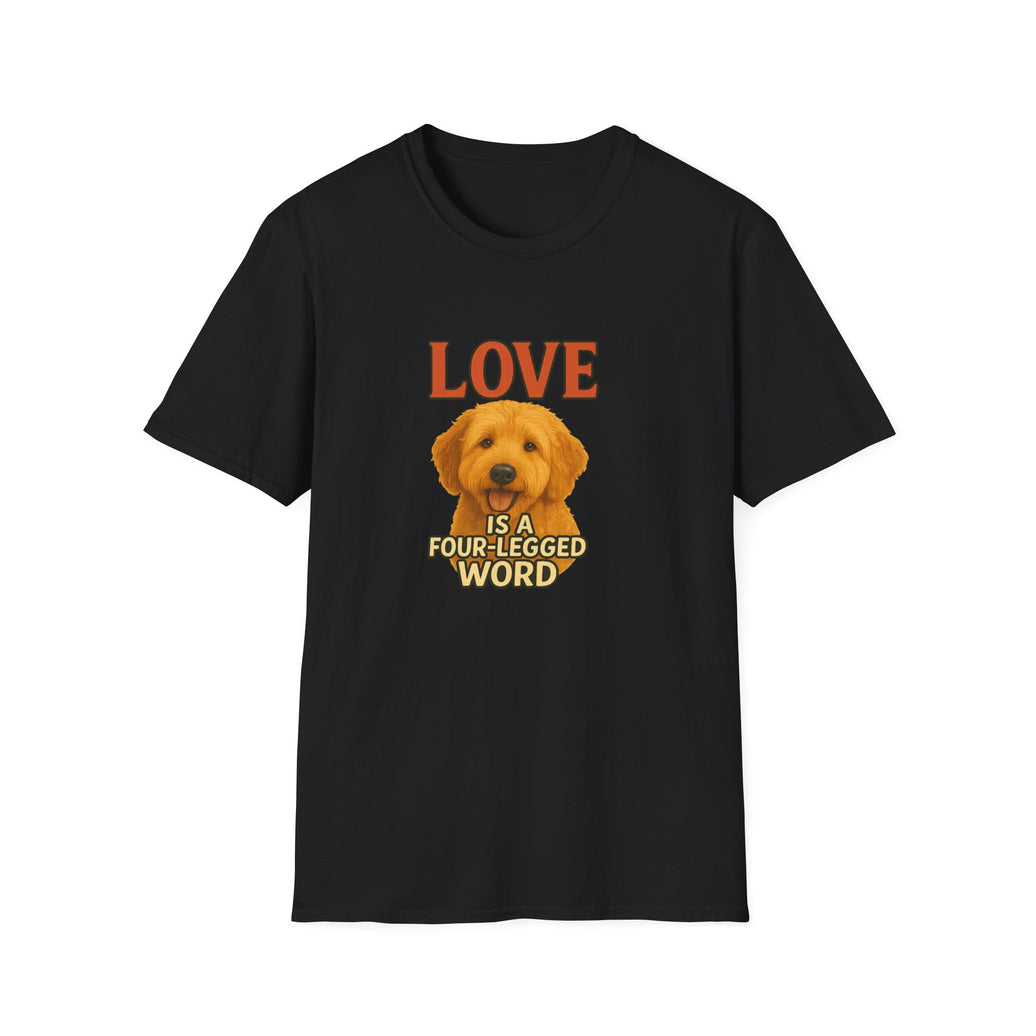
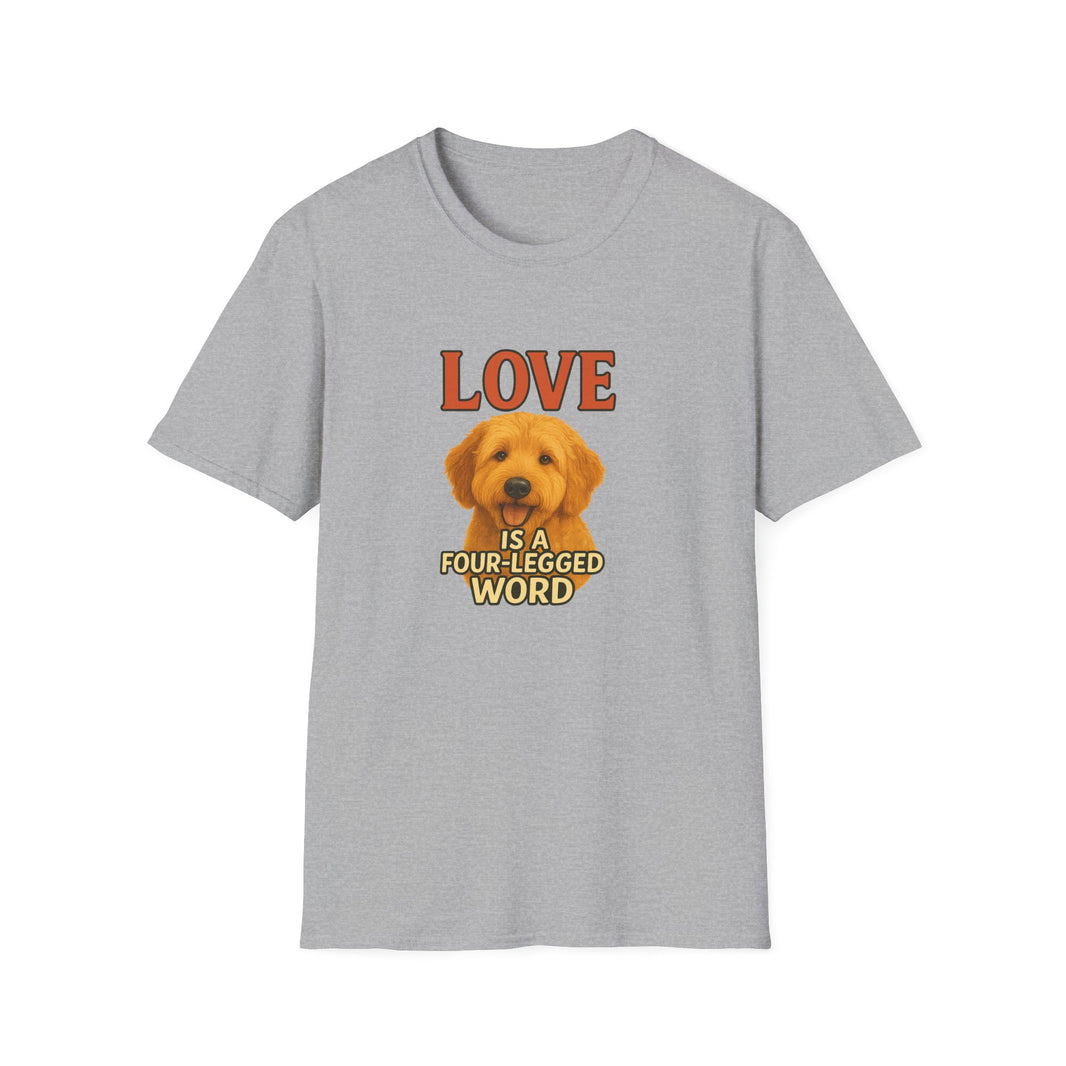






Leave a comment